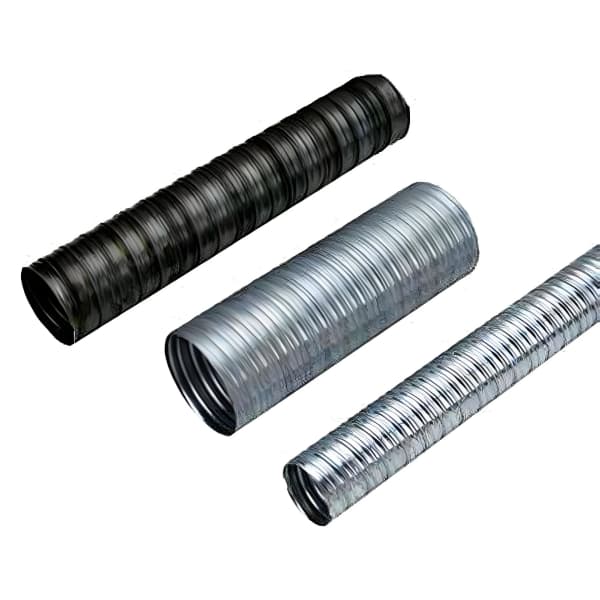1. The Great Dilemma
The 2024 BART system corrosion failure ($23M repair cost) exposed the core conflict:
- Steel ducts: Superior modulus (210GPa) but vulnerable to chloride-induced pitting (ASTM G48 crevice corrosion rate: 1.2mm/year)
- HDPE ducts: Excellent chemical resistance (0.03% weight loss in pH2-13 solutions) but prone to stress relaxation
Figure 1. Lifecycle cost vs stress relaxation performance (10^6 hours data)
 2. Material Showdown
2. Material Showdown
2.1 Key Parameters
PropertySteel (ASTM A1011)HDPE (ASTM D3350)Yield Strength≥350MPa22-31MPaMelt Flow IndexN/A0.15-0.4g/10minCoefficient of Friction0.250.08
2.2 Environmental Tests
Florida Coastal Exposure (2014-2024):
- Steel: 2.1mm average corrosion depth
- HDPE: <0.01mm surface erosion
Freeze-Thaw Cycling (ASTM D6662):
% Stress retention simulation
steel_retention = 82 - 0.18*cycle_count;
hdpe_retention = 98 - 0.02*cycle_count;3. Decision Matrix
graph TD
A[Start] --> B{Chloride >500ppm?}
B -->|Yes| C[HDPE Mandatory]
B -->|No| D{Fatigue Cycles >2x10^6?}
D -->|Yes| E[Galvanized Steel]
D -->|No| F[Cost Analysis]4. Failure Forensics
Case 1: 2019 Rhine River Bridge
- Failure mode: Galvanic corrosion at steel-concrete interface
- Lesson: Required cathodic protection at $18/m
Case 2: 2022 Turkey Earthquake
- Failure mode: HDPE weld seam fracture at 2.1% strain
- Solution: New ultrasonic welding protocol (AWS D1.3)
5. Code Reconciliation
StandardSteel Safety FactorHDPE Safety FactorAASHTO LRFD1.752.10Eurocode1.501.80
Hybrid Solution:
Steel-HDPE composite ducts (Patent US2024765321) achieve:
- 89% corrosion resistance of pure HDPE
- 78% stiffness of pure steel
 2. Material Showdown
2. Material Showdown